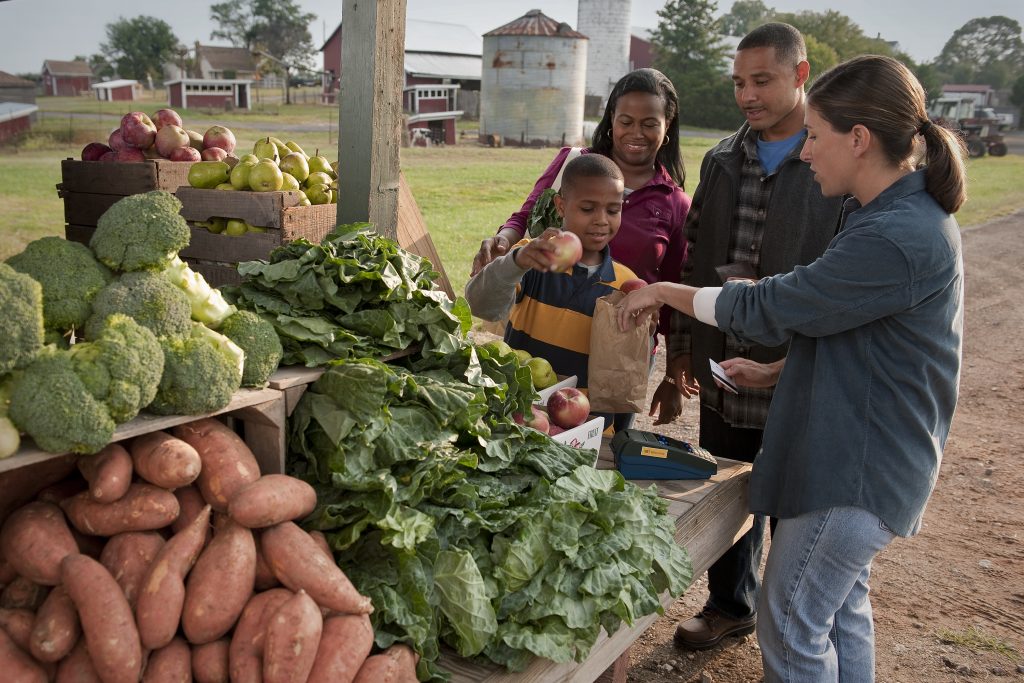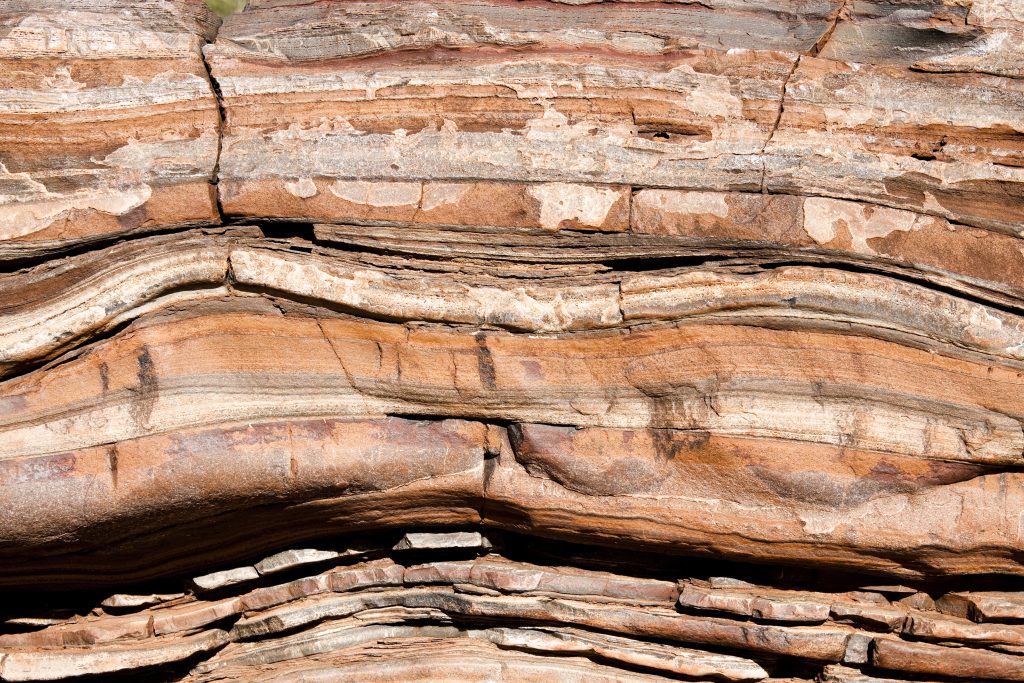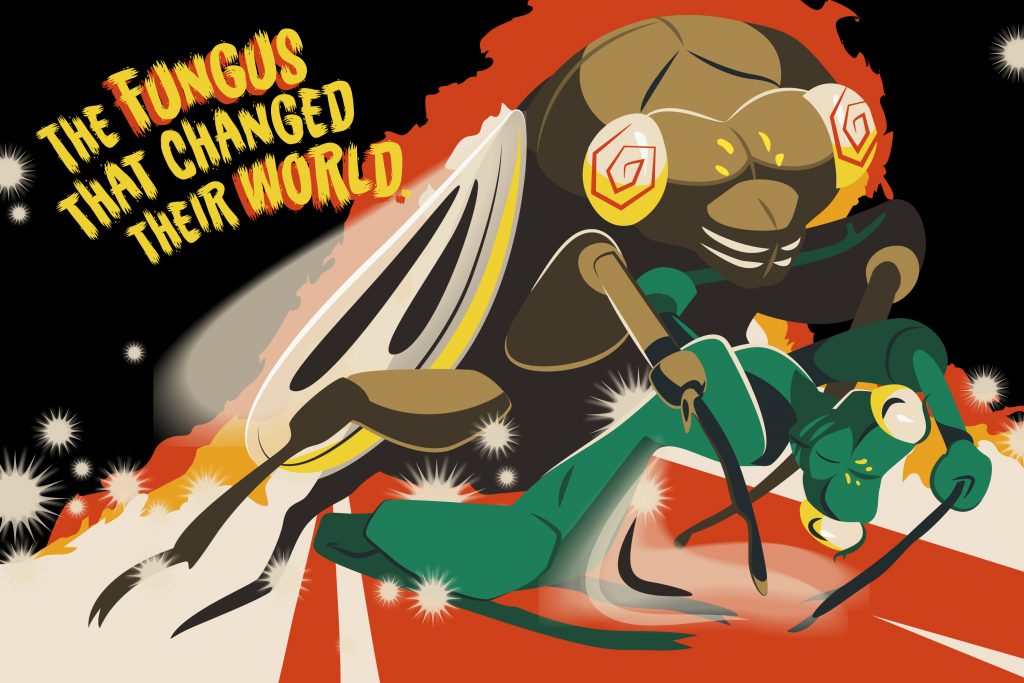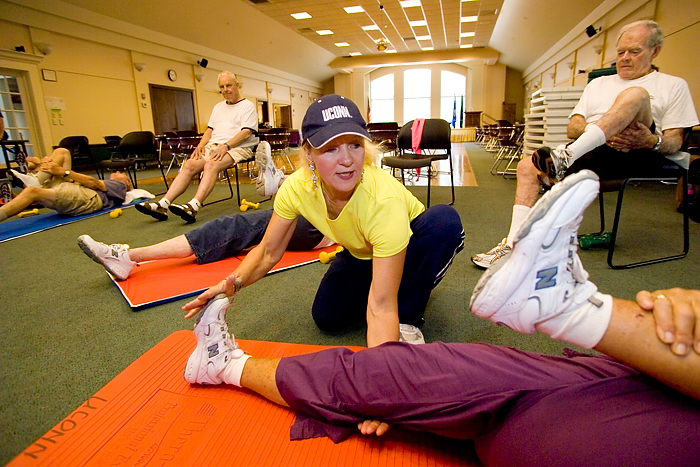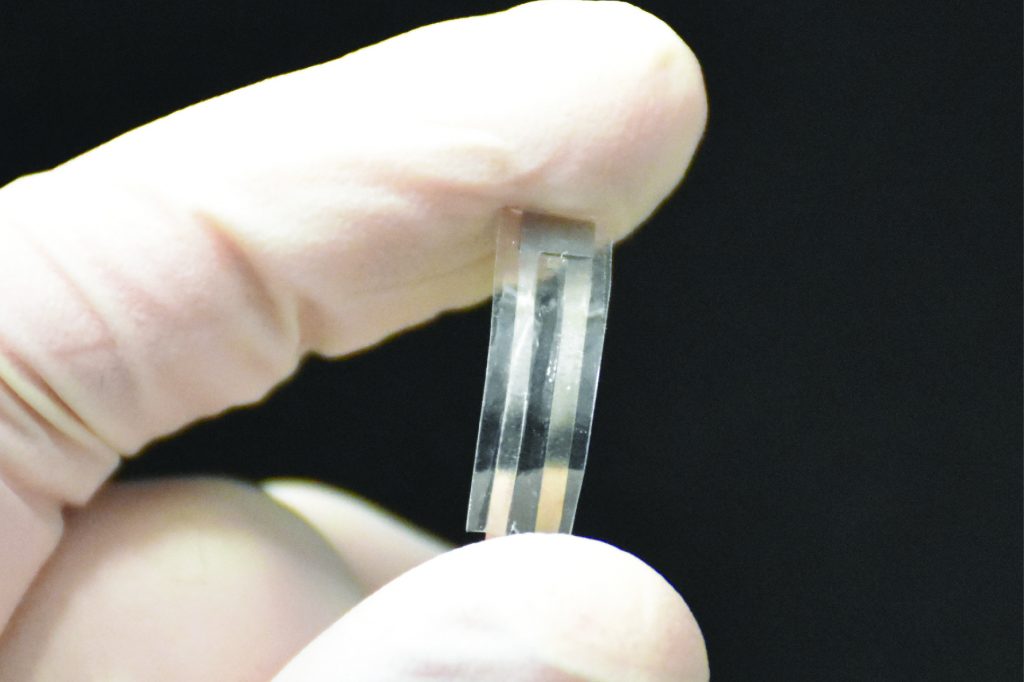The Graduate School
SNAP Decisions: UConn Study Counters Food Stamp Misconceptions
A study by UConn Zwick Center researcher Shaheer Burney finds that, contrary to widespread beliefs, the SNAP program does not encourage poor eating habits.
March 26, 2018 | Elaina Hancock
Very Special Snowflakes
If you have a theorem in mind you believe holds true for all possible curves, you may want to test it against a snowflake, according to UConn mathematician Vyron Vellis.
March 7, 2018 | Kim Krieger
New Method Unearths Climate Data from Ancient Soils
UConn researchers analyzed leaf wax compounds in soils to reconstruct ancient climates, with a view to better understanding the impact of future climate change.
March 2, 2018 | Elaina Hancock
Invasion of the Body-Snatching Fungus
UConn researchers recently documented a gory and fascinating relationship between periodical cicadas and a fungus that infects them.
February 22, 2018 | Elaina Hancock
Healthy Drink Can Pack a Punch in Preschooler’s Lunch
'It is much easier than parents may think to pack a healthy lunch,' says postdoc Maria Romo-Palafox, author of a new study.
February 22, 2018 | Daniel P. Jones, UConn Rudd Center
Photography Class Captures Greenhouse Effect
Students in an Intermediate Photography class photograph some of the many varied tropical plants in the Biodiversity Education and Research Greenhouses.
February 15, 2018 | Garrett Spahn '18 (CLAS)
What Makes the Bacteria Behind Lyme Disease Tick?
UConn Health researchers are advancing understanding of how the bacteria transmits disease, pointing to the potential for ultimately developing therapeutics to target this system.
February 8, 2018 | Jessica McBride, Office of the Vice President for Research
Exercise Can Improve Alzheimer’s Symptoms
Nearly two dozen studies on the effect of exercise on people with Alzheimer's indicate that there is a cognitive benefit, says a new UConn analysis.
January 30, 2018 | Kristen Cole
Once in a Blue Moon
On the last night of this month, three lunar events will occur simultaneously, as astrophysics graduate student Yasaman Homayouni explains.
January 30, 2018 | Elaina Hancock
Biodegradable Sensor Monitors Pressure in the Body then Disappears
The new sensor is designed to replace existing implantable pressure sensors that have potentially toxic components, which must be removed after use.
January 15, 2018 | Colin Poitras
